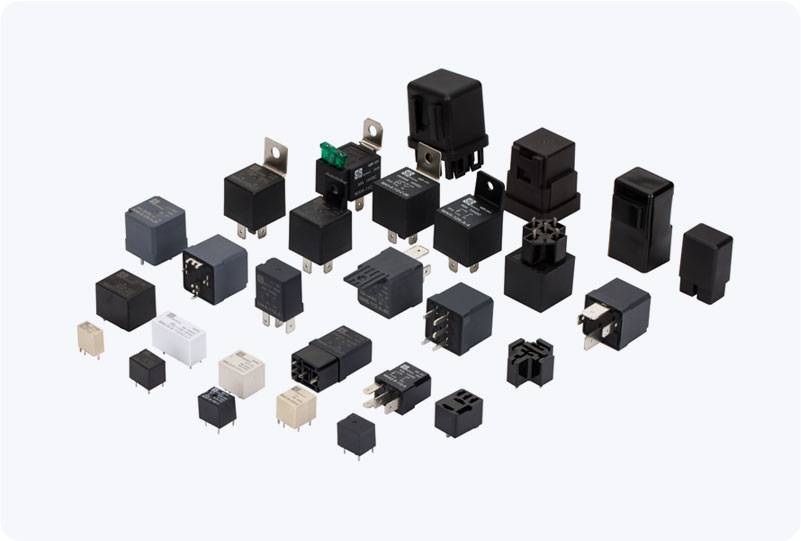high current power relay: the backbone of high-power switching systems
Release time:2025-10-19 06:06:01
High Current Power Relays (HCPRs) are an essential component in a wide range of industrial, automotive, and electrical systems. These relays are designed to control the switching of high-current loads, making them an indispensable part of power control systems. With the growing demand for energy-efficient and high-performance solutions in various industries, understanding the functionality and applications of HCPRs is crucial.

What is a High Current Power Relay?
A High Current Power Relay is an electromechanical device used to open and close circuits by using a low-power control signal to switch a high-power load. Unlike standard relays, which typically handle low currents, HCPRs are designed to manage currents that range from tens to hundreds of amps. They are specifically engineered to operate in environments where high electrical loads need to be switched on or off, such as in automotive systems, industrial machinery, and power distribution systems.
Key Features of High Current Power Relays
High Current Handling: The defining feature of an HCPR is its ability to handle significantly higher current compared to standard relays. These relays are typically rated to manage currents from 30A to over 500A, depending on their design.

